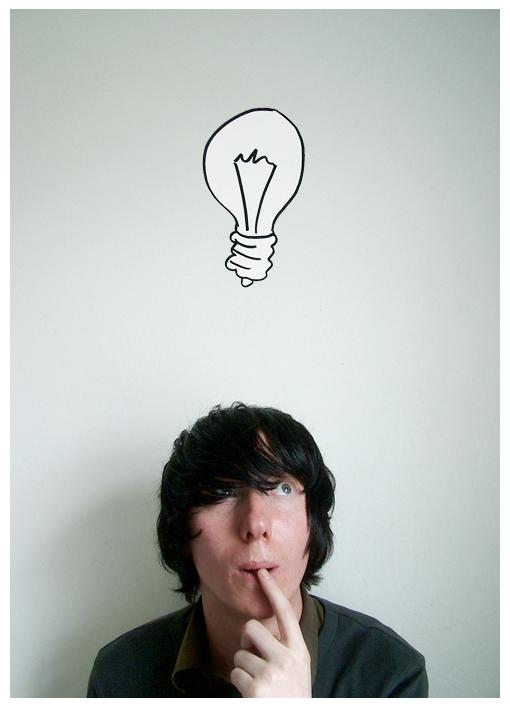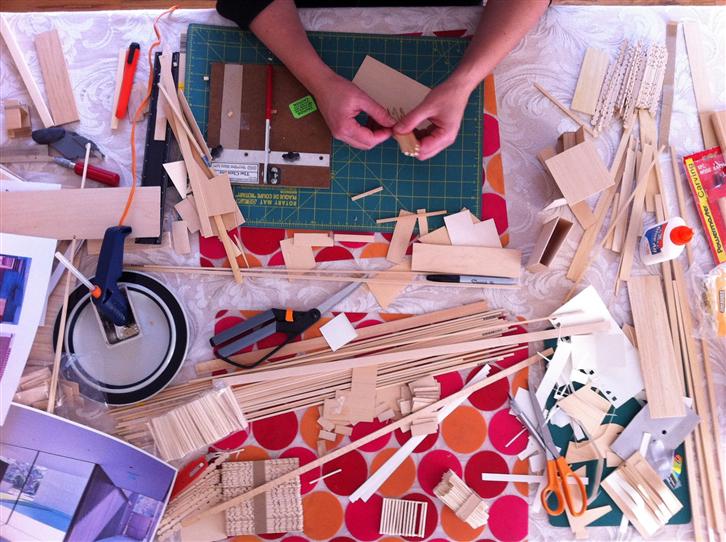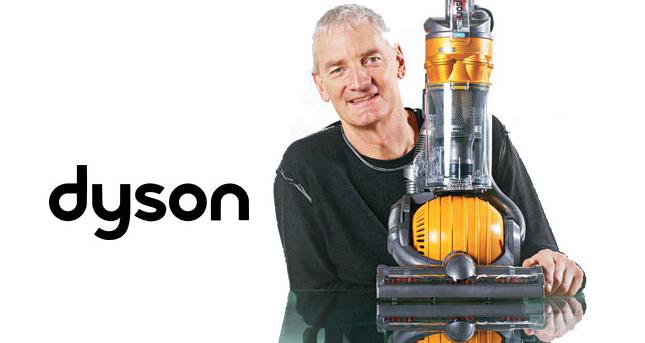
Build a prototype; Embrace the mistakes
On the road of Design Thinking, after much observation of the consumer society, it is important to learn how to embrace your “failed” ideas as much as the successful ones. Many are idealists that aim for perfection on the first go. This leads to a lot of pre-planning and organizing beforehand, which is a good thing. However, when it comes to innovation that is when it starts to get tricky. Upon wanting a top score before actually trying often leads to the reluctance to be bold and take risks.

From conceiving an idea to executing it takes time. The steps do not happen in a linear order, rather it takes place through a cycle of going endlessly back and forth, starting and starting over. Design Thinking, to be frank, is the approach taken before you hit your goal. For example, when testing a prototype, the customer feedback might inspire something else for the designer. The results will have us go back to the basics in attempt to readjust the prototype and try to make it a better match for the user.

The only downside of such a method is that it is very time consuming, no one can deny that. That is how Dyson pretty much solved the problem of noisy vacuums. In order to present the perfect, soundless machine, Dyson spent 5 years producing over 5126 failed prototype models in order to achieve this ground-breaking product we all know today. Isn’t it worth it??

TIP! Make your ideas tangible!

Tim Brown: “The faster the better.”
References:
http://dcafe-experience.blogspot.tw/2011/05/design-thinking.html http://designweekly.pixnet.net
Source::
http://browse.deviantart.com/art/not-even-the-smallest-idea-257573811
http://tweeny.deviantart.com/art/i-have-an-idea-33346840
http://boulderarchitect.blogspot.tw/2012/02/bgbg-playhouse-competition-model-making.html
http://www.hdwarrior.co.uk/2012/09/22/it-could-only-happen-in-america/dyson-web/
http://www.dexigner.com/news/18827
